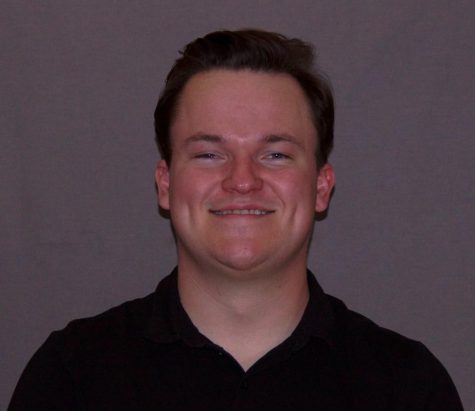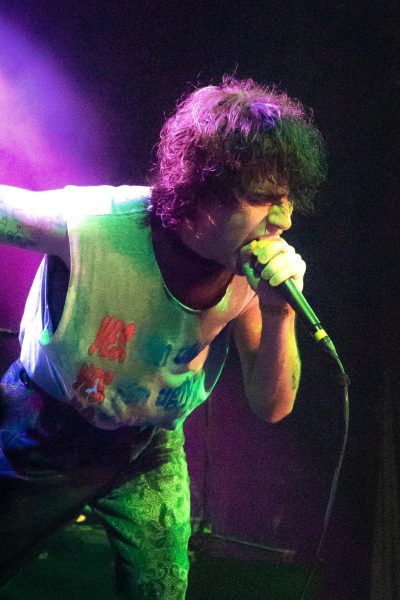Film Review: ‘A Ghost Story’
August 25, 2020
“A Ghost Story” is a metaphysical study of loss, grief and the passing of time. Written and directed by David Lowery, the film chronicles a white-sheeted ghost’s journey back home in an attempt to reconnect with his grieving wife. This hidden gem, an A24 production released in 2017, is a slow, surreal and cosmic film. Yes: cosmic. The film tackles the enormity of creation and existence without falling into any religious allegory; that is by no means a bad feature.
Lowery’s direction balances an austere nature with gargantuan subject material. The film is part drama, part sci-fi, and its depiction of grief is heartfelt and intentional. There are parts of the film which turns away some viewers: Rooney Mara’s character eats an entire pie in one shot. A character delivers a roughly 16-minute monologue on existence and humanity’s place in it. While the film is incredibly slow at times, cinematography is brilliantly crafted. You can see that the film was meticulously choreographed as many shots require patience from the viewer.
This film carries a lived-in quality to it, as much of it takes place in a suburban home. Lowery captures the setting nicely in his depiction of a young married couple’s first home: simple decor, linens and various objects scattered about, and empty coffee cups on the piano. I felt a weird sense of welcome as a viewer, watching Mara’s character grieve the death of her husband, played by Casey Affleck. Physical space and environment are incredibly important thematic devices in the film. These themes, along with the film’s cinematography, allow the characters freedom while moving through the frame. The house and its place in the first half of the film are key figures. In the back half of the film, they play host to new visitors for the mournful ghost.
The featurettes on the Blu-ray are interesting. One of them is a 20-minute discussion about the film between Lowery, actors, and crew members in an abandoned clergy house. Lowery speaks about his feelings when he moved out of his childhood home. He felt he owed something to the house, leaving a personal note in the walls to allow him some closure when he left. This was recreated by Mara’s character before she left the house and ghost behind. The idea that those walls see time pass is incredibly poignant and moving.
A prominent feature of this film is its 1.33:1 aspect ratio. 1.33:1 ratios, often seen in early films, are often used by modern directors as a way to make a statement. Lowery uses it in a way that further complicates the ghost’s predicament. Lowery’s cinematography in the film is impeccable, often utilizing pans and still frames.
The first half of the film focuses on the mundane (in a good way, trust me). But one of the common adjectives attributed to this film is “cosmic.” A theme in the film is the passing of time. Affleck’s ghost watches his wife grow and eventually leave their home. He sees various tenants come and go. He forces them out, ultimately longing for his wife. The film takes a turn when their home is destroyed and a highrise building is built in its place. This leads to an interesting sequence of the ghost finding his way to the top of the building and seeing the futuristic skyline of his former neighborhood. We are also given a sequence of land, presumed to be where their home would eventually be built on, it is tended and settled by pioneers accompanied by a wagon and horses.
“A Ghost Story” packs a compelling narrative outfitted with unusual stylistic choices and a rich visual language. The film is a study of the events that occur in death and the months after, and it is presented with precision and care. Its depiction of human existence and feelings of enormity are poignant and combine to form a moving portrait of grief, lessons and existence.












